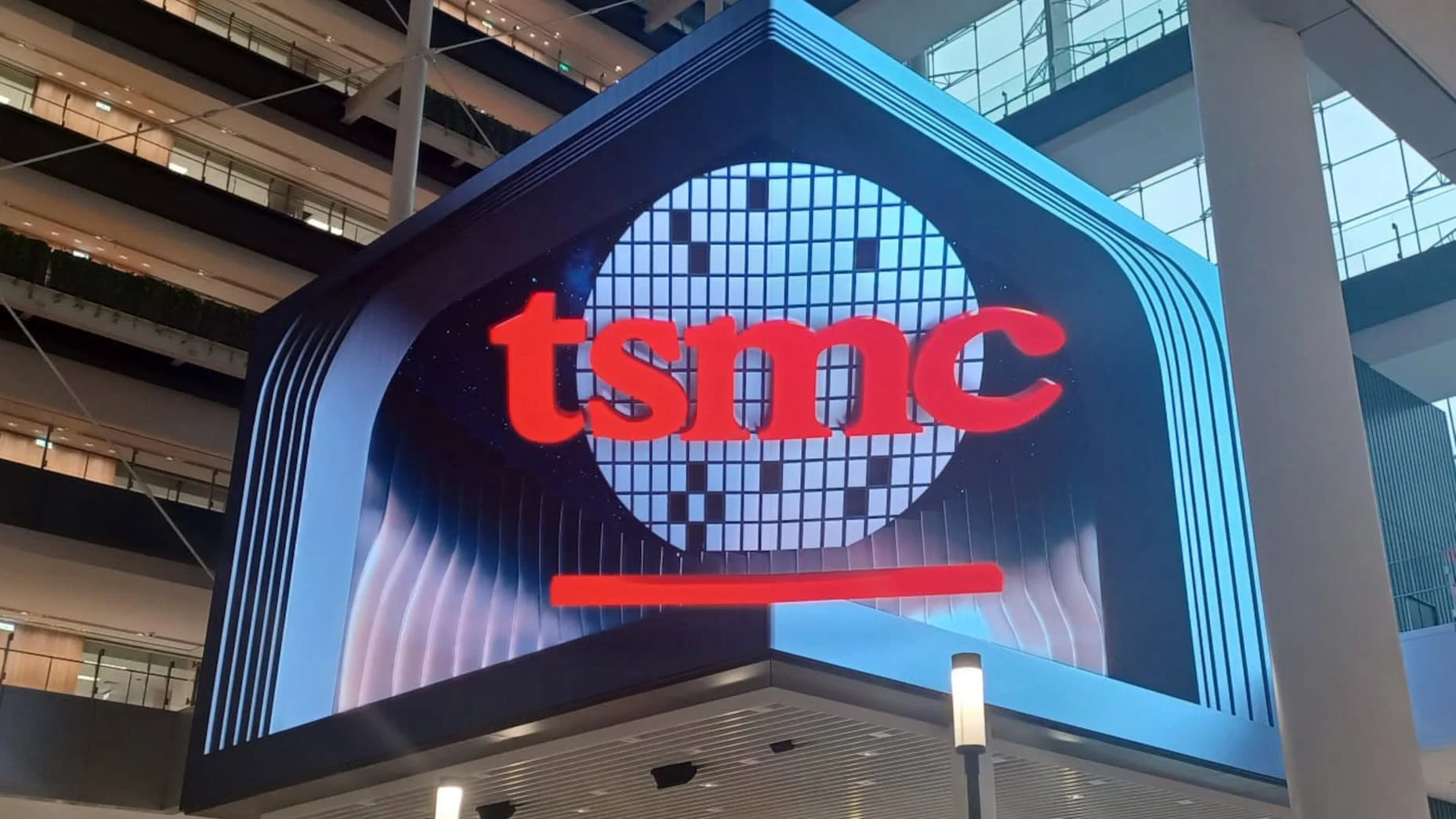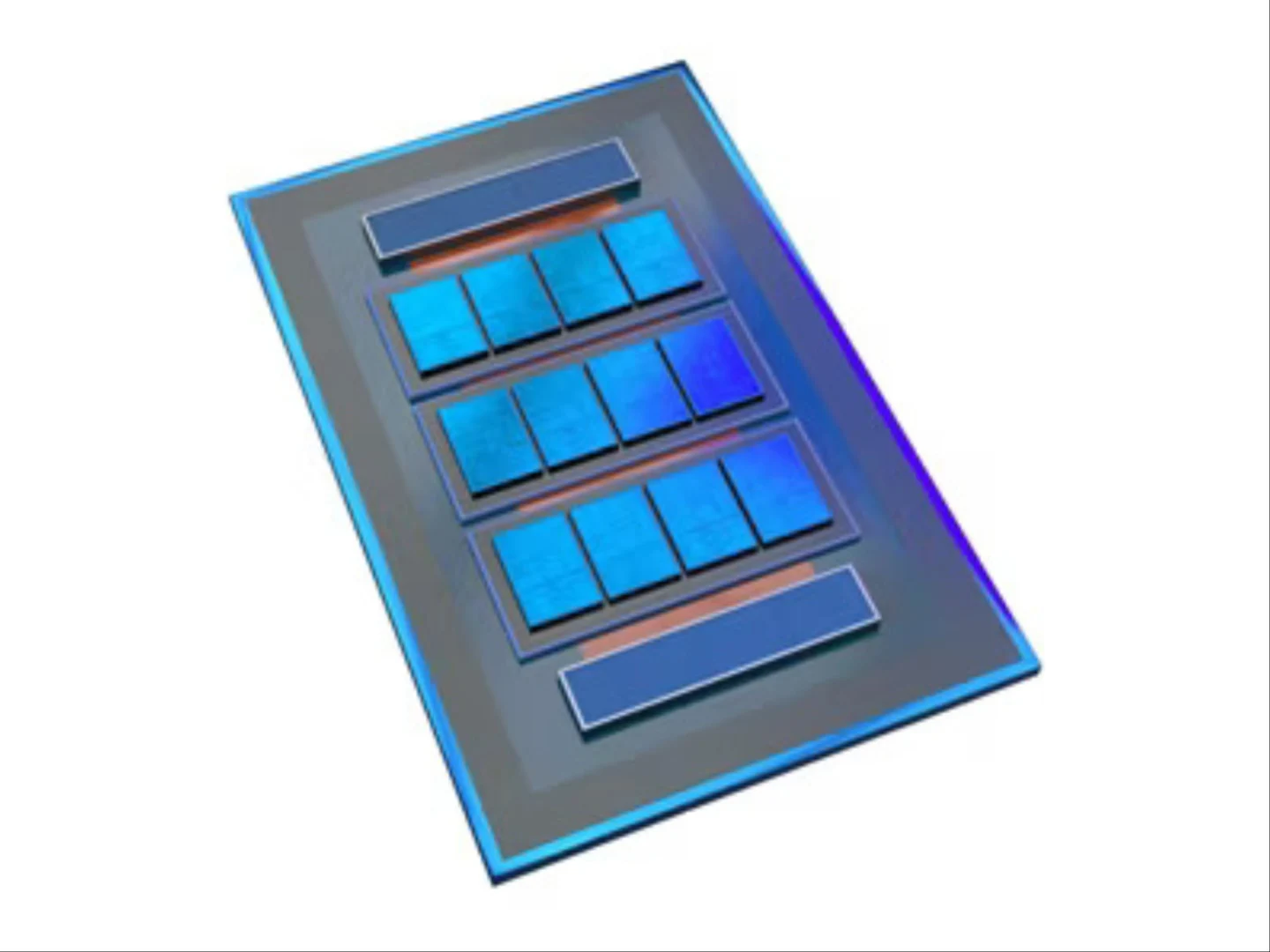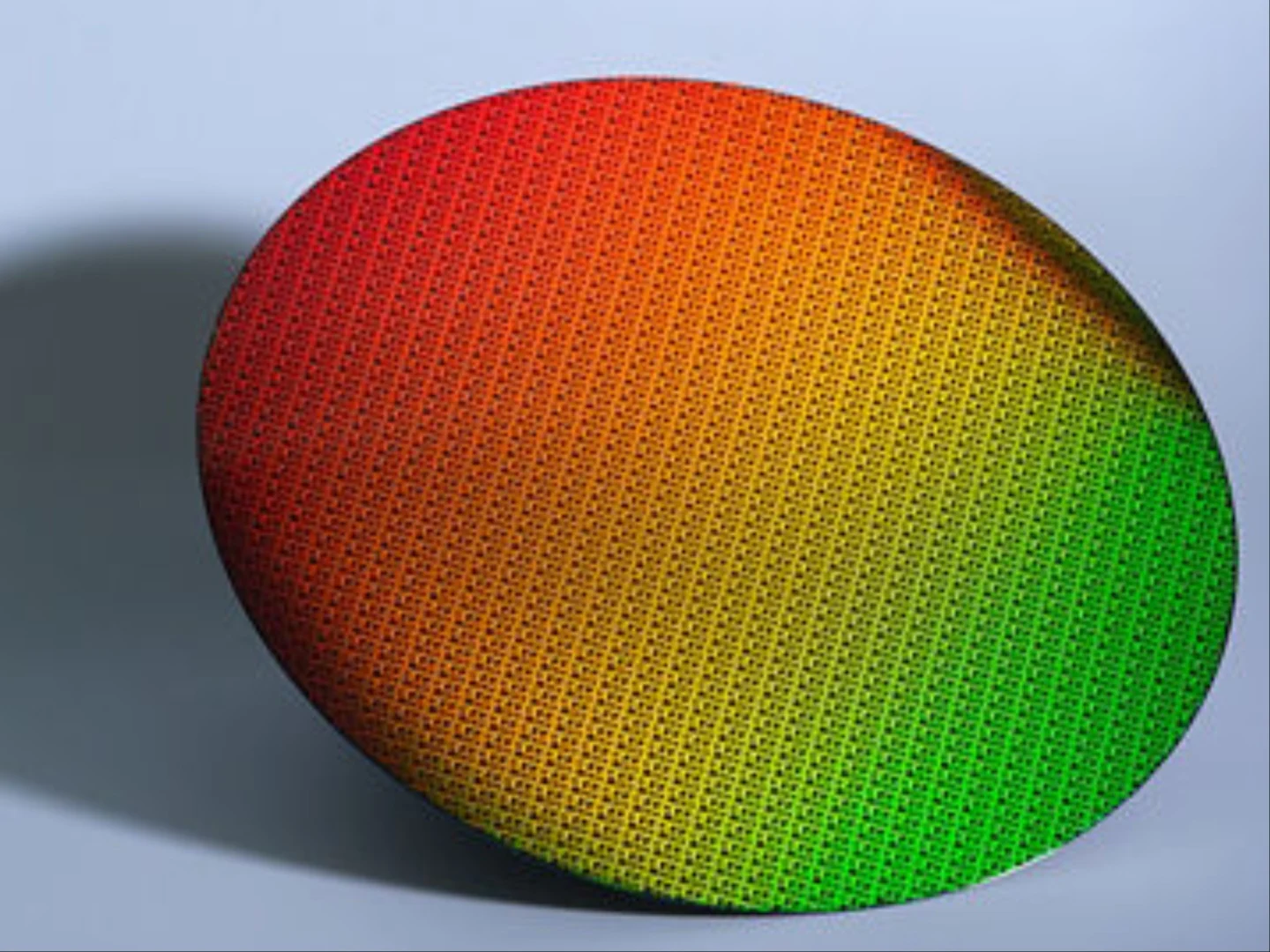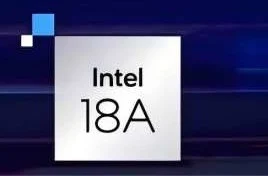Key Takeaways
1. Intel is struggling with low yields on its 18A process, impacting profitability for Panther Lake CPUs.
2. President Trump called for the resignation of Intel CEO Lip-Bu Tan, citing conflicts of interest.
3. Senator Tom Cotton raised concerns about Tan’s connections to Chinese companies and is awaiting Intel’s response.
4. If Tan resigns, he would be the second CEO to leave Intel within a year, following Pat Gelsinger’s exit.
5. Intel may benefit from potential financial relief from TSMC due to lower tariffs, though this deal is not yet confirmed.
Intel’s ongoing troubles appear to be worsening every day. A previous report from Reuters indicated that the company is still facing challenges with its 18A yields, leading to poor profitability for Panther Lake CPUs. Recently, President Donald Trump intensified the situation with a new post on Truth Social, stating:
The INTEL CEO is deeply CONFLICTED and must resign, immediately. There is no other way to fix this issue. Thank you for your attention to this matter!
Concerns from Lawmakers
This comes shortly after US Senator Tom Cotton raised alarms about Intel CEO Lip-Bu Tan’s suspected ties to China. Senator Cotton claims Mr. Tan “controls dozens of Chinese companies and has interests in hundreds of Chinese advanced-manufacturing and chip firms,” and he has requested a response from Intel by August 15. As of now, Intel has not released an official comment regarding this issue, but one is anticipated soon, especially with the deadline approaching.
Potential Changes at Intel
If Lip-Bu Tan were to resign or be removed, he would be the second CEO to leave Intel within a year, following Pat Gelsinger’s departure in December 2024. However, not everything is bleak. Intel might receive a much-needed financial boost from TSMC due to lower tariffs. Yet, this deal has yet to be finalized or confirmed by either side. Additionally, there are whispers about possible candidates interested in acquiring Intel, but these rumors seem to be mostly speculation and should be taken lightly until more information comes to light.
Source:
Link












